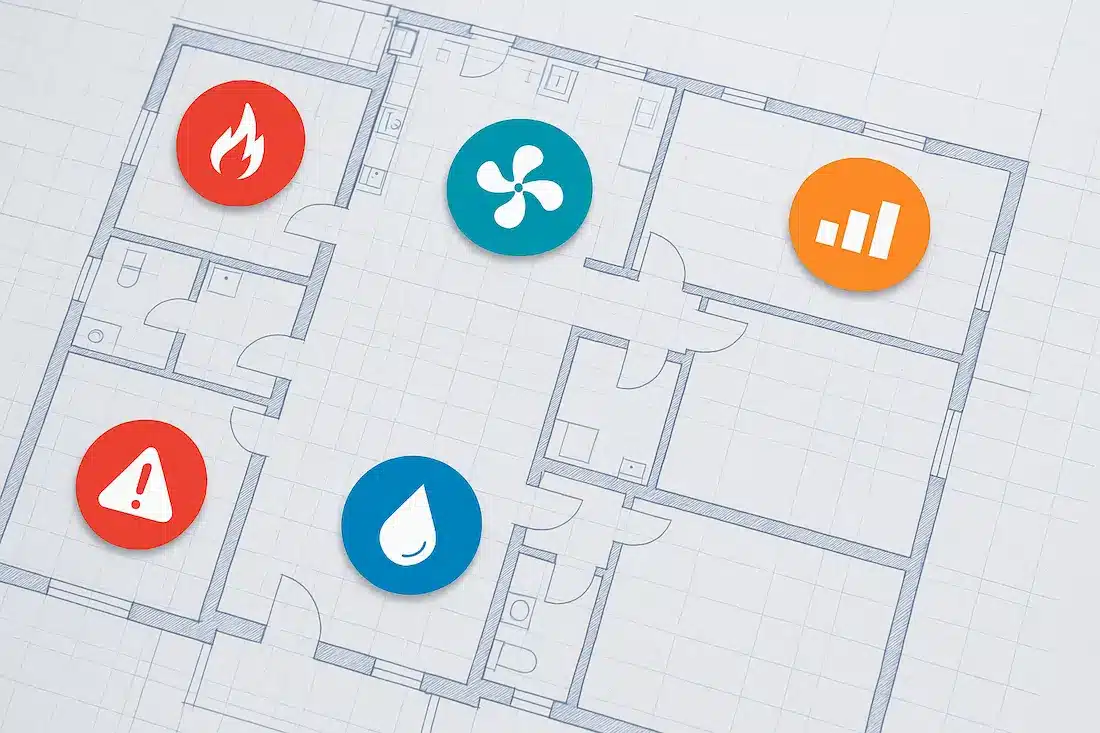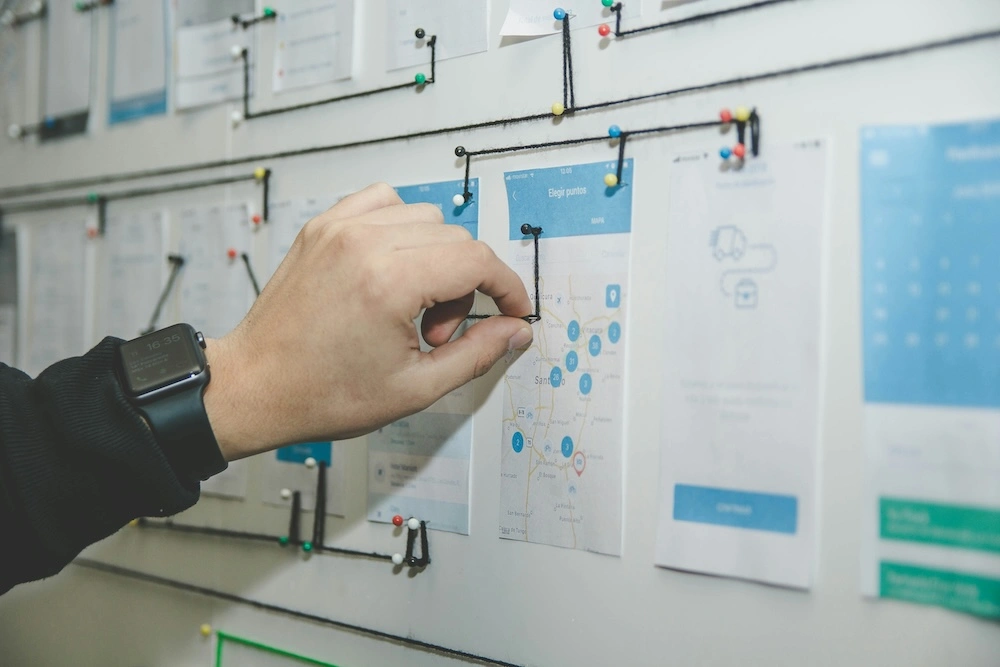To truly unlock superpowers in property management, you need more than just an updated component register – you need a visual interface that makes information accessible, clear and useful in day-to-day operations. By linking your component register to digital drawings, you gain not only a better understanding of where everything is located, but also smarter support for planning, inspections, and rapid action during disruptions.
In this article, we explore how a visual component register can make a real difference in your technical property management – especially in complex and business-critical environments.
In a property management system, the component register is one of the cornerstones for ensuring high-quality and cost-effective technical operations. The challenges of coordinating and controlling component management are precisely why this area is often of particular interest to companies looking for a new property management system.
In a property management system, the component register is one of the cornerstones for ensuring high-quality and cost-effective technical operations. The challenges of coordinating and controlling component management are precisely why this area is often of particular interest to companies looking for a new property management system.
n industrial environments, it becomes even more important to have coordinated control over the many components – often business-critical – that can affect production and delivery. The same goes for components related to ventilation and water, which may cause serious damage if they fail.
Categorise the components in your property
When digitalising your component register, it’s important to begin by identifying and categorising the most critical components. Once that’s done, you can tailor your maintenance and inspection routines based on how components are classified.
Industry frameworks and classification systems such as CoClass and AFF offer valuable support in this process. They provide guidance and general recommendations for property management and service contracts – for instance, how often certain types of components should be inspected – making them a concrete and useful aid for categorisation, planning and ongoing inspections.
More efficient component management with digital drawings
A searchable digital component register, integrated into your property management system, gives you a much more accurate overview of individual maintenance needs than manual methods. And if your system includes digital twin functionality – linking the register to digital drawings – it adds a whole new dimension.
With this direct connection, it becomes easy to locate and visualise where each component is situated in the building. In effect, you get a virtual copy of your property where all areas, building elements, systems and equipment are displayed visually within the system.
These digital drawings become a concrete and dynamic tool in daily operations. A visual interface supports faster troubleshooting. You can quickly identify and locate components – whether during a fault or as part of a regular inspection. Real-time access to up-to-date information increases flexibility and reduces dependency on specific individuals.
Through the visual interface, you can also dive into details for individual components. Combined with real-time data from sensors and IoT systems, monitoring becomes more reliable – both in terms of performance and safety.
For industrial companies with high demands on operational reliability and delivery precision, being able to quickly access accurate information about critical components is essential. What type of component is it? Where is it located? What inspections are planned or what actions are needed to respond to a fault?
The future of digital drawings and component management
As technology rapidly evolves, more and more property owners and managers are seeing the potential of using interactive drawings and digital twins in their technical management.
The strength of a digital component register with a visual interface lies in the increased transparency, clarity, and security it provides.
By working more integrated and taking advantage of new technologies and user-friendly tools, you lay the groundwork for a more sustainable, cost-efficient, and safe property operation.
At Pythagoras, we help industrial companies build a more digital and integrated approach to property management – with the component register and digital drawings as two key pillars. This helps our clients move towards smarter technical operations, guided by better data and more efficient decisions.



